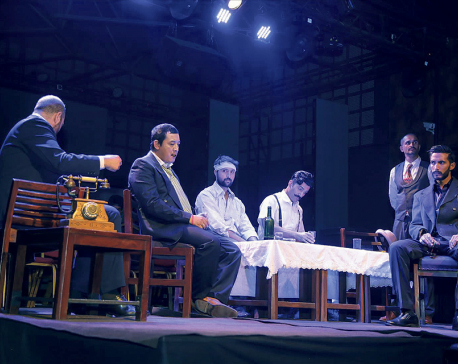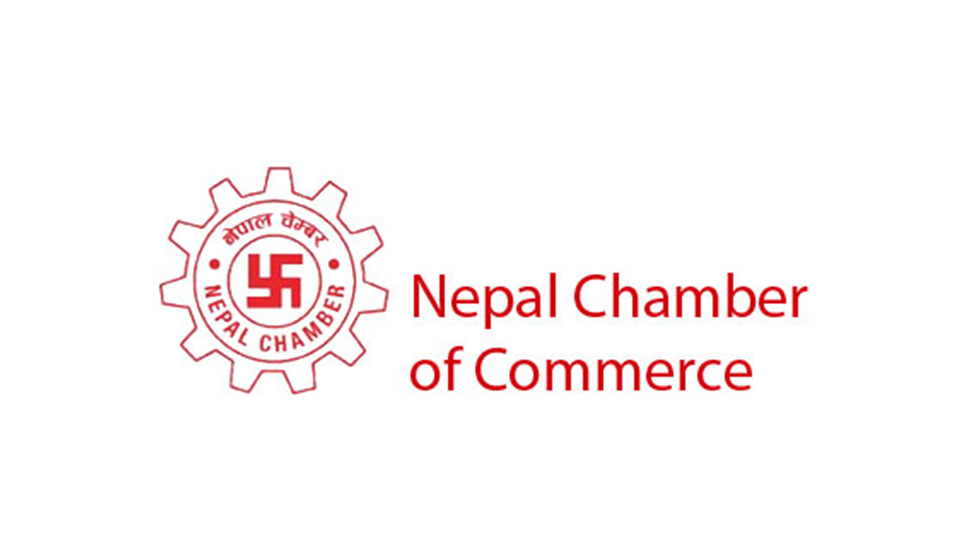
OR
Rebuilding monuments
Two monuments in Kathmandu valley tell two vastly different tales about Nepal’s efforts to preserve its historical heritage. The Kasthamandap Temple adjoining the Kathmandu Durbar Square, the temple after which the valley gets its name, was completely destroyed by last year’s earthquakes. Recent excavations have revealed that there were serious shortcomings in the renovation works to the temple complex carried out some four decades ago. For instance archeologists have found that one of the four saddle stones that formed the temple’s foundation was fitted wrongly. Likewise, the wooden joints of Kasthamandap, which is believed to have been constructed from a single tree back in the 8th century, were also found to have structural flaws. No wonder the 7.8-magintude whopper last year reduced it to rubble. Contrast this with the fate of the 55-Window Palace of the Bhaktapur Durbar Square, which escaped the earthquakes with only minor damages. Unlike Kasthamandap, renovation works on the palace have over the years followed strict rules, which, among other things, meant the use of traditional materials and techniques. As with Kasthamandap, Nepali archeologists have also found similar faults with wooden joints in almost all the monuments that were badly damaged last year.
It is true that the faults in the wooden joints in the collapsed structures were small. But had these faults been detected and repaired on time, we could also have saved many of our invaluable gems like the Basantapur Durbar and Krishna Mandir, both inside Kathmandu Durbar Square. Now there is another risk. In the haste to reconstruct the destroyed monuments important details could again be ignored. The monuments that are being rebuilt need to be not just structurally sound; they need to be rebuilt such that the original essence of these majestic pieces of architecture is retained. Apparently some foreign nationals involved in the Department of Archeology’s efforts to rebuild destroyed monuments are keen to introduce novel artistic features in these structures. This is out of question. If these restored buildings neglect tradition and become a hodgepodge of different artistic tastes, the resulting pastiches could be urban eyesores, mocking the rich cultural heritage of Nepal.
Even if it takes a little more time, we would like to see our ancient monuments restored in a way that preserves their original essence while also making them strong. This will entail, first, a thorough study of the art and culture that informed a particular monument and, then, in the next phase heavy involvement of local artisans well-versed in ancient crafts. To make them strong, there needs to be strict, time-bound monitoring so that even minor flaws can be detected on time and repaired. It’s a tragedy that so many of our wonderful temples and idols had to be lost because there was no one to take good care of them. Following their devastation last year, many foreign tourists ruefully noted how the government of Nepal, which charges foreign tourists up to Rs 1,000 each to enter the famous durbar squares, didn’t seem to have invested even a tiny fraction of this earning for the upkeep of these monuments. Such abject neglect of our heritage keeps away those tourists who together form one of the main pillars of the Nepali economy. It also robs us of the immense pride that we take in our country’s rich history and culture. In a way, with these monuments gone, we feel a little less Nepali.
You May Like This

Golden Boy at Karma
KATHMANDU, Sept 5: American drama 'Golden Boy' is being showcased since Friday at Karma Bar and Lounge in Tripureshwor. ... Read More...

'La La Land' leads all comers at Golden Globes
"La La Land" danced off with four early Golden Globes on Sunday in a ceremony marked by surprises, diversity and... Read More...

Golden girl
Gaurika Singh, 13-year old Nepali swimmer, has been making headlines around the world. As the youngest swimmer at Rio Olympics... Read More...




Just In
- Health ministry to conduct ‘search and vaccinate’ campaign on May 13
- Indian customs releases trucks carrying Nepali tea, halted across Kakarbhitta
- Silent period for by-election to begin from midnight
- SC issues short-term interim order to govt and TU not to take immediate action against TU legal advisor Khanal
- National consultation workshop advocates to scale up nutrition smart community in Nepal
- Patan High Court issues short-term interim order to halt selection process of NTB’s CEO
- NEPSE inches up 0.15 points; daily turnover increases to Rs 2.53 billion
- Bagmati Govt mandates tri-lingual signboards in offices















Leave A Comment